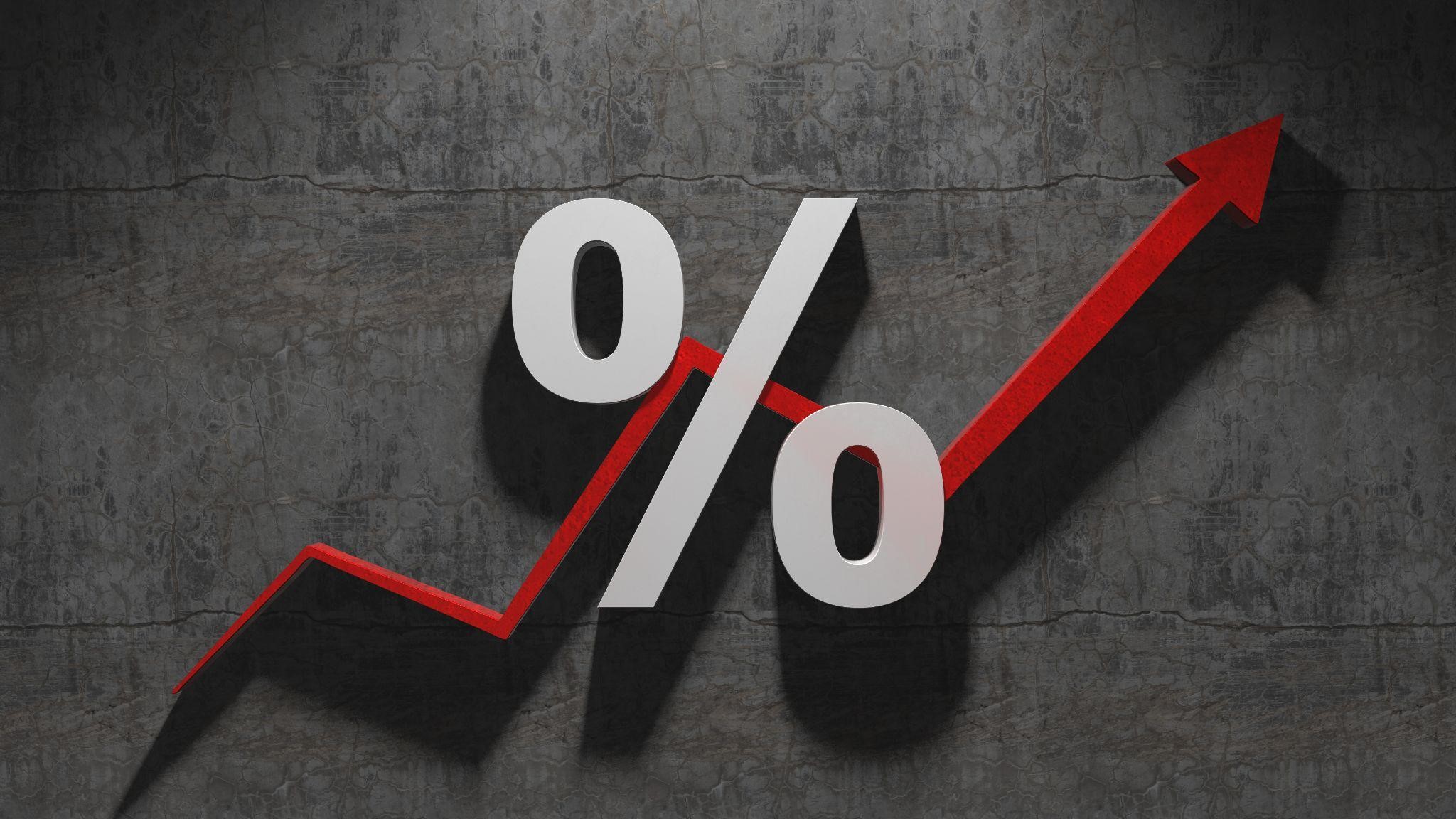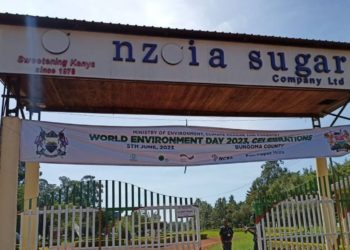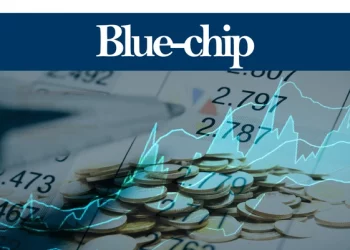Commercial bank lending rates have surged to an 81-month high of 13.8% in August, according to data from the Central Bank of Kenya reflecting the shifting landscape of the financial industry.
This significant spike in borrowing costs is a clear consequence of the ongoing upward trend in interest rates. While this may increase profits for banks, it also poses challenges for borrowers, who will grapple with higher payments and potential difficulties meeting financial obligations. The repercussions of this shift are far-reaching and deserve a closer look.
This surge is the highest since November 2016 and marks the 10th consecutive month-over-month increase. The steady climb stems from several factors converging to create a challenging lending environment. One key element is the central bank’s tightening of monetary policy to counter inflation, including upward adjustment of the benchmark lending rate. Changes in sovereign and exchange rate risks have also contributed to the rise in borrowing costs.
Furthermore, the trajectory of commercial lending rates is expected to continue rising as banks reprice loans under the risk-based pricing regime. Several banks have already communicated these impending changes to customers. For instance, NCBA announced an increase in its benchmark lending rate on shilling and dollar-denominated facilities. Standard Chartered Bank plans to follow suit, with its benchmark rate rising from 10.5% in August to 11.5% in November.
The central bank has facilitated the move to risk-based pricing, allowing banks to adjust interest rates based on each customer’s risk profile. While this may enable fairer risk distribution, it undoubtedly means higher rates are here to stay for some time.
The repercussions extend beyond finance alone. Escalating rates directly impact borrowers, with many facing increased financial strain. Some may struggle to afford loans, while others may default, potentially leading to more distressed borrowers and posing a considerable industry challenge.
However, credit demand remains resilient despite the higher loan costs. In August, private sector credit growth recovered to 12.6% after briefly dropping to 10.3% in July, suggesting financing is still needed despite climbing rates. Robust credit growth sectors include manufacturing, transport, communication, trade and consumer durables, indicating economic activity and business investment remain strong amid the changing landscape.
















